
During the reign of King William I, the enactment of the Forest Law (1087) laid down that those guilty of killing a stag, roebuck or wild boar were liable to the punishment of blinding, and the hunting of these “beasts of the forest” was reserved only for nobility.
Forest Law was designed to protect game species and the habitat that sustained them, implemented for the sole purpose of protecting game stocks for the king’s personal hunting forays. Originally, royal forests were designated hunting grounds, not limited to afforested areas, but encompassed open heathland, grasslands and wetlands. However, the implementation of the Forest Law led to a monumental push for afforestation, often at the expense of local communities whose homes were burned, entire villages evicted and lands cleared to bolster habitat and consequently increase and sustain deer and boar populations.
The Forest Law was disastrous for many local people but undoubtedly helped to create a healthy and mostly unhindered breeding population of native wild boar. Historical evidence suggests that the original UK natives were most common in coastal areas and in woodland plantations below the snowline. Later, in the Middle Ages, the implications of the feudal system led to the felling of forests and the drainage of reedbeds — both due to the growth in agriculture — which degraded and in some areas removed all suitable habitat for boar.
Villainised
Boar quickly became villainised for uprooting crops, breaking fences and interbreeding with domestic pigs. The species was caught up in a period of prolonged animal-human conflict and its habitat became increasingly fragmented. By the 16th century, boar were only present in a few areas of small, isolated woodland habitats. It became vulnerable to overhunting, and by the 17th century wild boar had become extinct in the UK.
This story is from the {{IssueName}} edition of {{MagazineName}}.
Start your 7-day Magzter GOLD free trial to access thousands of curated premium stories, and 9,000+ magazines and newspapers.
Already a subscriber ? Sign In
This story is from the {{IssueName}} edition of {{MagazineName}}.
Start your 7-day Magzter GOLD free trial to access thousands of curated premium stories, and 9,000+ magazines and newspapers.
Already a subscriber? Sign In
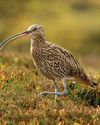
United we stand
Following United Utilities' decision to end grouse shooting on its land, Lindsay Waddell asks what will happen if we ignore our vital moors
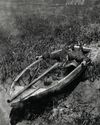
Serious matters
An old gamebook prompts a contemplation on punt-gunning
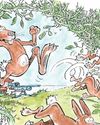
They're not always as easy as they seem
While coneys of the furry variety don't pose a problem for Blue Zulu, he's left frustrated once again by bolting bunnies of the clay sort
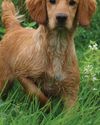
Debutant gundogs
There's lots to think about when it comes to making the decision about when to introduce your dog to shooting
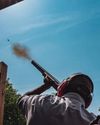
When the going gets rough
Al Gabriel returns to the West London Shooting School to brush up on his rough shooting technique
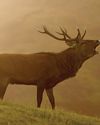
The Field Guide To British Deer - BDS 60th Anniversary Edition
In this excerpt from the 60th anniversary edition of the BDS's Field Guide To British Deer, Charles Smith-Jones considers the noise they make
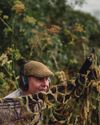
A step too far?
Simon Garnham wonders whether a new dog, a new gun and two different fields in need of protection might have been asking too much for one afternoon's work
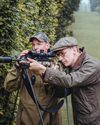
Two bucks before breakfast
A journey from old South London to rural Hertfordshire to stalk muntjac suggests that the two aren't as far detached as they might seem
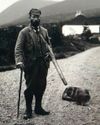
Stalking Diary
Stalkers can be a sentimental bunch, and they often carry a huge attachment to their hill

Gamekeeper
Alan Edwards believes unique, private experiences can help keepers become more competent and passionate custodians of the countryside